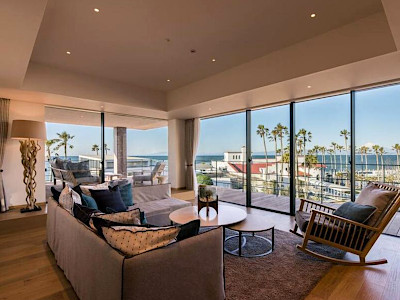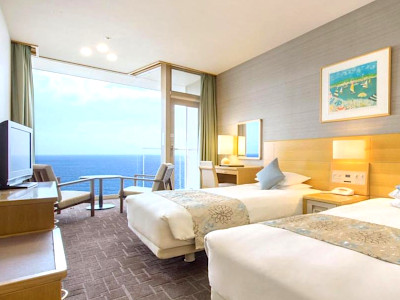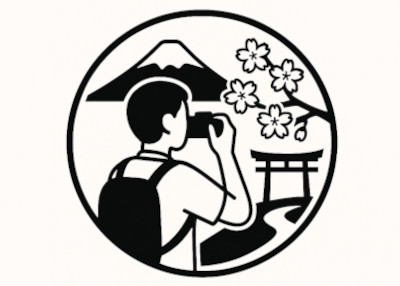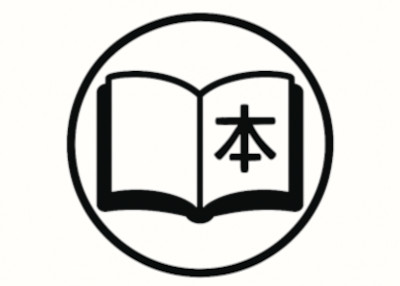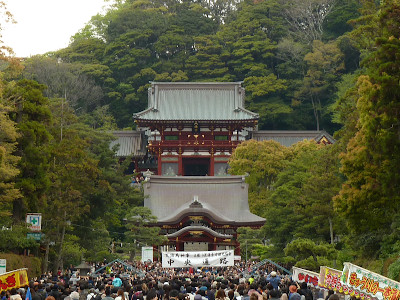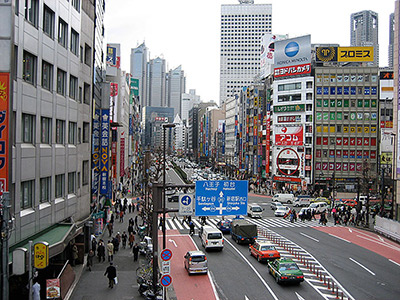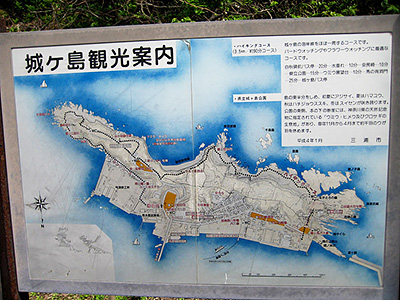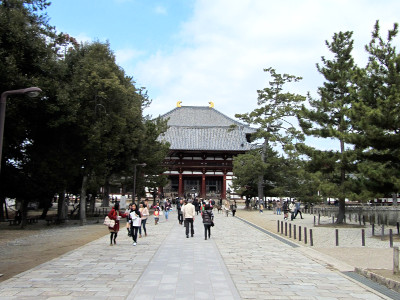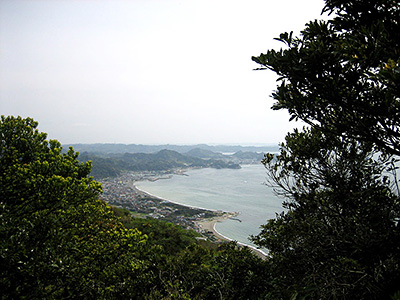The Great Buddha (Daibutsu) of Kamakura, Kotoku-in
This post can contain affiliate links, which means that we may receive a small commission if you make a purchase using these links.
Facts & Figures
The Great Buddha of Kamakura (Kamakura Daibutsu) is the principal image of the Kotoku-in Buddhist temple of the Jodo sect founded by priest Honen (1133 – 1212). This huge bronze statue is with a height of 13.35 meters (incl. the base), a weight of 121 tons, and a circumference of 29.4 meters an impressive sight and one of the most popular tourist attractions in Japan. The face of the statue alone has a length of 2.35 meters. The open-air statue is designated as a National Treasure by the Japanese government and displays the image of a meditating Amida-butsu (Amitabha Buddha).
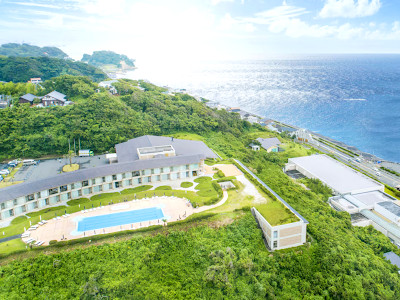 Experience the Ultimate Japanese Hospitality at a Hotel in Kamakura.
Experience the Ultimate Japanese Hospitality at a Hotel in Kamakura.
Find Your Perfect Hotel Now >
The Kamakura Daibutsu is the second largest Buddha statue in Japan, after the Daibutsu within the Todaiji Temple in Nara. My tip: It is possible to enter this hollow statue and you should check out its interior design. A staircase inside leads up to the height of the shoulders and there are two windows on the back of the statue. Be aware it can get boiling hot inside during the summer.
- Kotoku-in Temple:
- Opening Hours - 8:00 am to 5:30 pm (final entry 15min before closing, April - September)
- Opening Hours - 8:00 am to 5:00 pm (final entry 15min before closing, October - March)
- Closed - never, open year-round
- The Great Buddha of Kamakura - to enter the interior:
- Opening Hours - 8:00 am to 4:30 pm
- Admission fee - 300 yen (Adults), 300 yen (Students age: 13-18), 150 yen (Students age: 6-12), free for Kids under 6 years, 20 yen additional charge for entering the statue
My tips for local activities
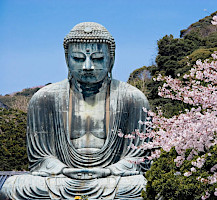
How about exploring the beautiful city of Kamakura and its historical places with a local guide? The personalized tour by our partner GetYourGuide can take between 4 - 6 hours. For more details check out this page >
History
The Great Statue of Amida Buddha in Kamakura dates back to 1252. Priest Joko collected the money for this huge undertaking without any governmental support. His goal was to replace the destroyed wooden Buddha statue with a bronze statue. In the beginning, the bronze statue was covered with a thin layer of gold. You can still see some remaining parts near the ears. The artist responsible for the design is still not identified. The large wooden Buddha Hall housing the statue was destroyed and rebuilt after heavy storms in 1334 and 1369. A big tsunami after the Meio Nankaido earthquake in 1498 (Muromachi period, 1336 - 1573) destroyed the hall again. Shortly after the decision was made to leave the statue in the open air. After the Great Kanto Earthquake in 1923 and in 1960 some repair work was done. The last major restoration work of the statue is dating back to 2016.
Location

The Kotoku-in Temple and Buddha Statue is located in the seaside town of Kamakura in the Kanagawa Prefecture. Kamakura is less than 1 hour away by train from Tokyo.
Address: 4-2-28 Hase, Kamakura-shi, Kanagawa 248-0016
How to get to the Great Buddha of Kamakura?
- 7min walk from Hase Station served by the Enoshima Electric Railway
Sightseeing spots at the Kotoku-in Temple
Top:
Daibutsu - The Great Buddha statue (Kamakura Daibutsu) is the highlight of the Kotoku-in temple. What makes it so unique is a special casting method called ikarakuri. Normally everything was done in one piece, but in this case, the innovation was to use 30 separate stages placed on top of each other.
Buddha Sandals - Close to the statue you will find a pair of huge 1,80 meter-long traditional Japanese warazori straw sandals. In 1951 they were first donated to the temple and the sandals get renewed by the the Matsuzaka Children’s Club every 3 years. The idea behind this is Buddha should wear them on his trip through Japan and bring happiness to the people.
Nio-mon gate - At the entrance, you will find the wooden and nicely colored Nio-mon gate, which houses 2 fierce-looking Nio statues (guardians of the Buddha).
Stone Monuments - These stones are engraved with words and poems by monk Yuten Shonin (1637 - 1718), and poets like Yosano Akiko (1878- 1942) and Kaneko Kunen (1876 - 1951).
Famous tree - King of Thailand Prajadhipok (1893 - 1941) came here for a visit and planted this tree.
Monument dedicated to former Sri Lankan President J.R. Jayewardene - J.R. Jayewardene (1906 - 1996) was a big supporter of Japan during the San Francisco Peace Conference in 1951.
Kangetsu-do Hall - This sub-temple was brought from Korea in 1934 to Tokyo and later to Kamakura. The hall contains an image of Kannon Bosatsu (Goddess of Mercy) dating back to the Edo period (1603 - 1867).
Manju - It is a cake filled with red bean paste in the shape of the big Buddha. Follow the sweet smell in the air and you will find this unique shop:)
Festival & Events in Kamakura (dates can change without notice)
April
Kamakura Matsuri (from 2nd to 3rd Sunday)
The city and its history will be celebrated.
August
Bonbori Matsuri (7th to 9th)
Hundreds of lanterns can be found around the Tsurugaoka Hachiman-gu shrine.
Kamakura Hase no Akari (19th to 25th)
Eight temples and shrines (incl. Kotoku-in) will be illuminated at night.
September
Reitai Matsuri (between 14th and 16th)
Great festival with its most famous attraction the Japanese horseback archery.




